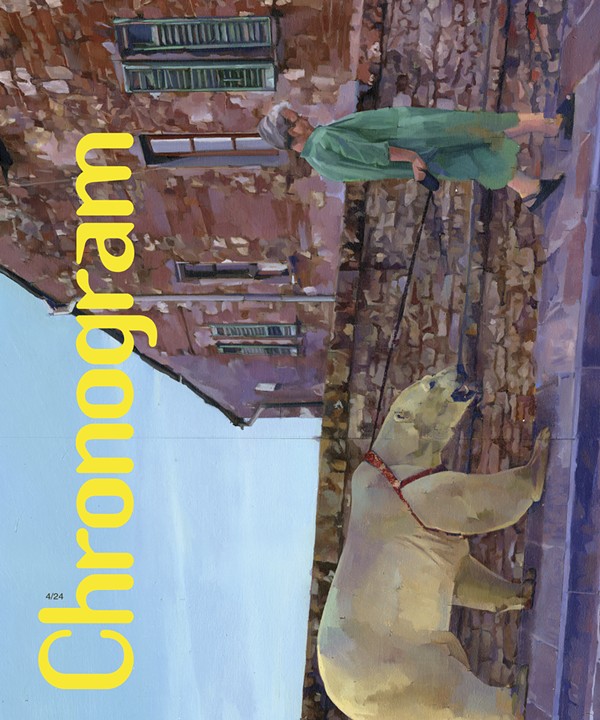What I realized about Spencer’s work is this: It tends to disappear as you’re looking at it. There you are, in front of real materials, undeniable physicality, and suddenly you’re thinking about your personal encounters with nature, with light, with place—remembering your own history. As if summoned by the recent round of films about magicians, illusionists, and con men, Finch and his work have come to the Berkshires not to deceive, but to inspire and elate. For those who are lamenting the passing of summer, there will be, for many months to come, vignettes of different weathers and remote vistas, conjured up by a man with a bird’s name.
Spencer Finch turns “seeing the ordinary” into an event.
A CONVERSATION WITH SPENCER FINCH
I met Spencer Finch at his Brooklyn studio, located somewhere near the Gowanus Canal, between Park Slope and Red Hook. I found him working in the sunlight, making watercolor studies for a new project. Although he declined to be photographed, I immediately warmed to his cheerful demeanor. He continued to paint while we spoke.
Michael Oatman: What is your earliest visual memory? Other than impressions, what is the first thing that registered in a really significant way?
Spencer Finch: I think the earliest one—it’s for a project based on color memory—the earliest one that I got to was a small, blue, toy telephone that was my sister’s when we were kids. An image of this small, blue phone that was hers, and she’s three years younger than me so I must have been at least three. She was a baby. I don’t think I remember anything earlier than that.
It’s curious that your first visual memory is about something that’s associated with sound.
(Finch laughs.)
Already there’s this sort of switch going on. Along those lines, what’s the first memory you have that’s triggered by some other sense?
Oh, smell. All sorts of memories. It’s funny, because last weekend I was in Vermont, at my parents’ place, and I was helping my mom dig some stuff up in the garden, and just that smell of soil—the smell of soil in Vermont—in that place in Vermont, is very different from anywhere. So, if I was digging soil in Brooklyn, which doesn’t often happen, but it has, it’s different. That smell of soil is something that goes back to my childhood because I’ve been going there since I was an infant. I’m interested in that real, direct, olfactory link to the landscape. There is that very close link between memory and smell.
And have you made any works that relate to that sense?
I’ve done a bunch of drawings trying to create a visual equivalent to smell. The interesting thing about smell is that you can’t get it all at once. Smell really exists in time the way a visual image doesn’t; the smell of something is like taste—as food moves through your mouth, the taste develops. It’s really more diachronic than sight is, so what I was trying to do was make these drawings that created this sense of smell shifting in time. The first ones I did were of the Gowanus Canal here, when it smelled—it used to be really polluted. At this time of year it used to totally reek. And then I did some that were sort of “Postcards of New York.”
That’s a funny idea.
Part of what interested me about it is that it’s a somewhat arbitrary idea of representing something, at the same time I feel that other conventions we use to represent things, whether it’s photography or perspective, are also problematic.
















